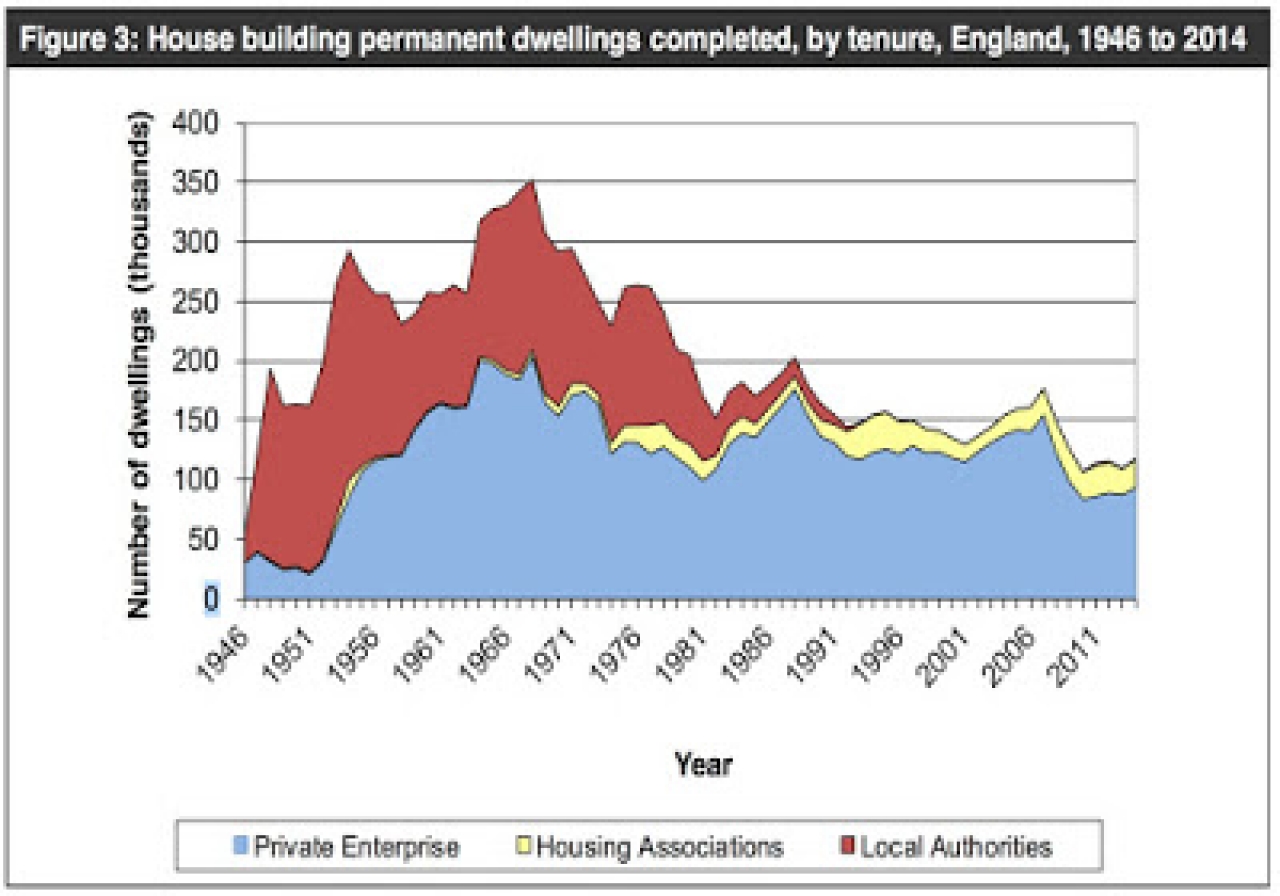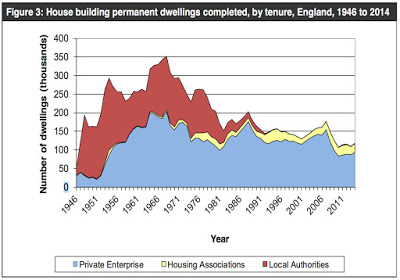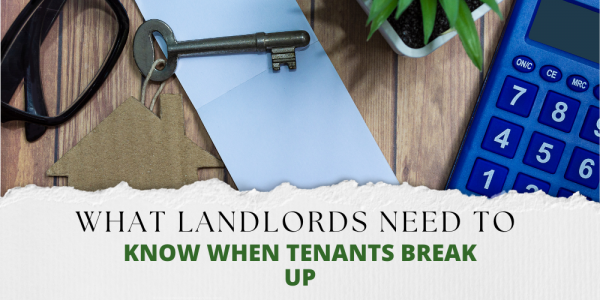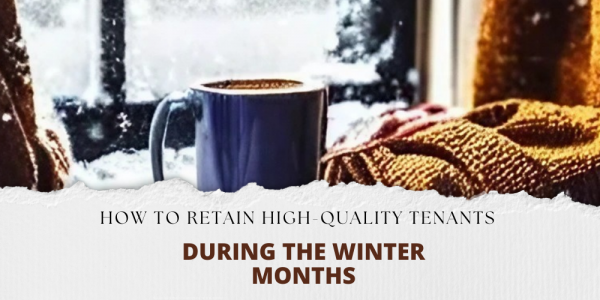Medway’s continuing housing shortage is putting the town’s (and the Country’s) repute as a nation of homeowners under threat, as the number of houses being built continues to be woefully inadequate in meeting the ever demanding needs of the growing population in the town.
In fact, I was talking to my father the other day at a family get together; the subject of the Medway Property market came up next in the conversation after the weather and politics. Dad said It used to be that if you went out to work and did the right thing, you would expect that relatively quickly over the course of your career you would be buying a house, you would go on holiday every year and you would save for a pension. How things have changed.
Back in the Autumn, George Osborne, used the Autumn Statement to double the housing budget to £2bn a year from April 2018 in an attempt to increase supply and deliver 100,000 new homes each year until 2020. The Chancellor also introduced a series of initiatives to help get first time buyers on the housing ladder, including the contentious Help to Buy Scheme and extending Right to Buy to not just council tenants, but to housing association tenants as well.
Now that does all sound rather good, but the country is only building 137,490 properties a year (split as: 114,250 built by private builders, 21,560 built by Housing Associations and a paltry 1,680 council houses). If you look at the data (courtesy of ONS), you will see nationally, the last time the country was building 230,000 houses a year was in the 1960’s.
How is George going to almost double house building overnight? I don’t know, because using the analogy of a greengrocers; if people want to buy more apples (i.e. houses) in a greengrocers’ shop, giving them more money (i.e. with the Help to Buy scheme) when there's not enough apples in the first place doesn't really help. To make matters worse for poor old George, I read last week that we currently have a UK brick shortage. This is because most brick production was ceased at the end of the last UK property crash around 2008 and production has never been ramped back up. Back to our greengrocer analogy, not
Looking at the Medway house building figures, in the local authority area as a whole, only 300 properties were built in the last 12 months, split down into 220 privately built properties and 80 housing association with not one, single council house being built. This is simply not enough and the shortage of supply has meant Medway property values have continued to rise, meaning they are 9.0% higher than 12 months ago, rising 1.1% in the last month alone.
I was taught at school (all those years ago!), that simply put , prices are all about supply and demand. The demand for Medway property has been particularly strong for properties in the good areas of the town and it is my considered opinion that this is likely to continue for 2016, driven by growing demand among buyers (both Medway homebuyers and Medway landlords alike). You see ,Medway’s economy is quite varied, meaning activity is expected to remain relatively strong into the early Summer of 2016.
That’s the demand bit, but what of supply? Well we have spoken about the lack of new building in the town holding things back, but there is another issue relating to supply. Of the existing properties already built, the concern is the number of properties on the market and for sale. The number of properties for sale last month in Medway was 139, whilst 12 months ago, that figure was 164, whilst four years ago it stood at 301. This is a massive drop.
With demand for Medway property rising, minimal new homes being built and less properties coming onto the market, that can only mean one thing ... now is a good time to be a homeowner or landlord in Medway.
Info from Office of National Stats for building numbers. House price growth from Land Registry and number of properties marketed from The Home website


 By
By 




Share this with
Email
Facebook
Messenger
Twitter
Pinterest
LinkedIn
Copy this link